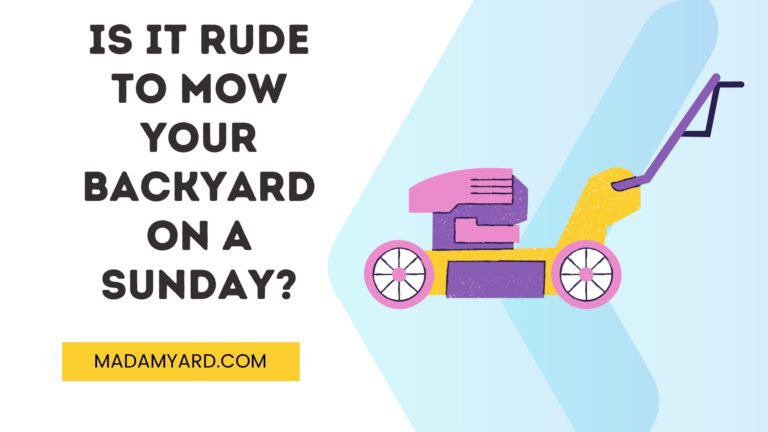Cheap Retaining Wall Ideas For Backyard
Retaining walls are an important part of any landscaping project. There are a number of different retaining wall designs available on the market, so you can find one that fits your needs and budget. Here are some easy, cheap retaining wall ideas that you can use in your backyard.
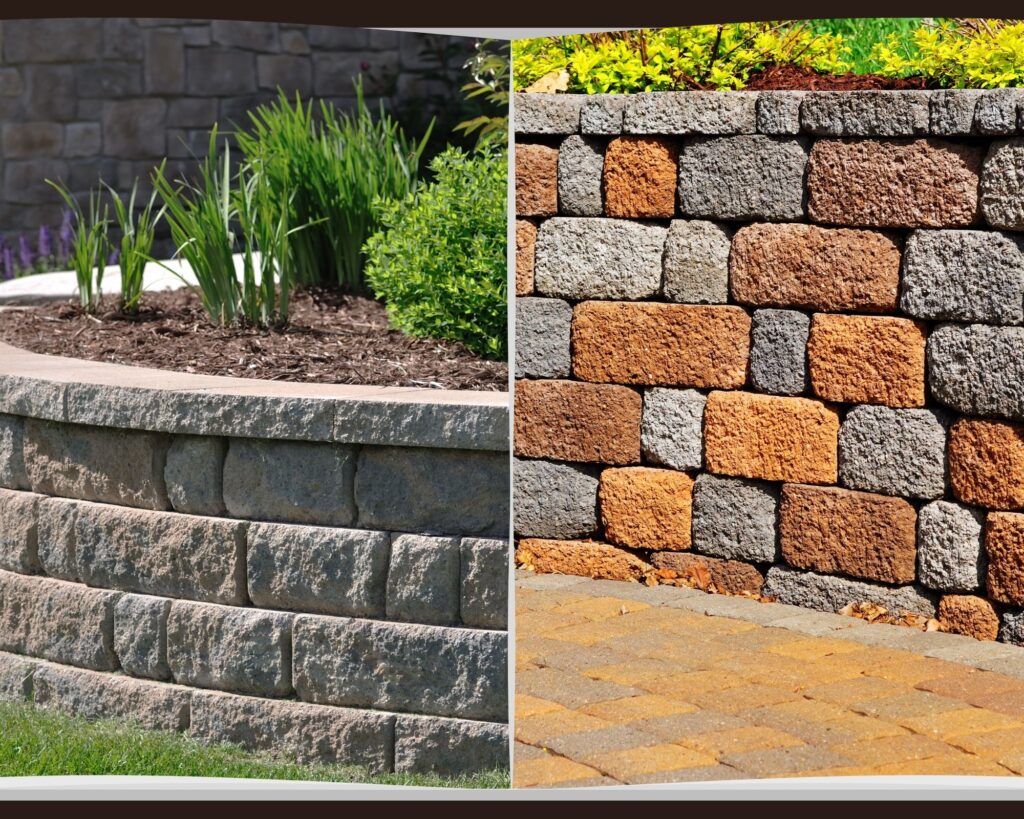
What is a Retaining Wall, and Why Do You Need It?
Retaining walls are a common structural feature of a landscape that serves its exact purpose and is visually beautiful. Also, it is adjustable to the overall design and adds structure to the garden.
Retaining walls are specially designed to maintain soil and land that could otherwise subside. These structures help reduce soil erosion, increase available space by providing shallow land shelves in sloping plots, and help draw sections in the landscape.
Retaining walls are much landscaping that can add value to an asset by creating and protecting available space.
Types of Retaining Walls
Before we get into retaining wall inspiration, it’s crucial to understand the most prevalent varieties, how much effort they demand, and what situations each is most suited for.
1. Gravity Retaining Wall
Gravity walls rely on mass to withstand pressure from behind. They may be tilted back against the soil supported on and “fluid” diverted to promote stability.
Because it is mostly about weight, this retaining wall provides a wide range of materials and usually does not require further reinforcement. You only need to excavate a little trench to allow the wall to pass through.
2. Cantilevered Retaining Wall
Reinforced concrete is used to build cantilevered retaining walls. They are the most prevalent type of retaining structure.
Their design employs the weight of the backfill soil to avoid moving and operates on the idea of leverage with a slender stem. The significant advantage of this sort of wall is that it utilizes less material than a more traditional gravity wall.
3. Diaphragm Wall
They are a highly rigid and waterproof form of retaining wall. Diaphragm walls are costly but save time and space and are often employed in urban buildings. Also can act as groundwater barriers.
4. Sheet Piling Retaining Wall
The sheet pile retaining walls are commonly used in soft ground and hard-to-reach areas. It can be placed in a minimal space, so this is the type of choice if you are short on space on your site.
Sheet pile walls are embedded in the ground and constructed from various materials, including steel, vinyl, aluminum, fiberglass, or wood planks.
5. Anchored Retaining Wall
The anchor retaining walls can be built into one of the above structures and include additional support from cables or other braces anchored to the rock or soil behind it.
An anchor usually inflates at the cable’s end by drilling a hole in the material. And then pouring concrete either mechanically or under pressure expands and forms a swell in the soil.
Budget-Friendly Retaining Wall Ideas
1. Timber Stump Retaining Wall
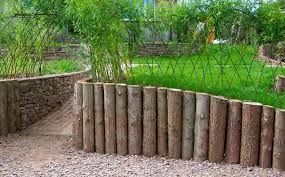
Another inventive approach for constructing a low-cost retaining wall is to use timber stumps. Timber stumps or logs can be put in the ground vertically or horizontally to make a wall.
Wooden garden walls are often thought to be the most difficult to build and one of the least expensive solutions.
Wood species vary significantly in price; however, there are options, such as using repurposed wood from pallets, railway sleepers, etc.
2. Wood Retaining Wall
Wood retaining walls are generally a popular choice because they are cost-effective and blend well with the natural environment. It can have pine or solid wood walls.
Pine is cost-effective because it is cheaper to build, but solid wood has a longer lifespan. These retaining walls are also very space-efficient because they are thin profile walls. Still, they are more susceptible to weather than other walls!
3. Poured Concrete Retaining Wall
Poured concrete or cast concrete alternative to concrete block retaining walls. It’s simply concrete with gravel and pebbles mixed throughout.
These retaining walls give a home or property a warm and homely feel. Concrete is poured into molds and has a higher density than blocks, making it more robust and flexible to build. As poured concrete may be sculpted into any form or shape, it can be customized to your specifications.
4. Natural Stone Boulder Retaining Wall
Boulders are naturally occurring stones in various sizes, shapes, and colors. Because of their ability to blend into any outdoor location, these stones are widely used to construct retaining walls.
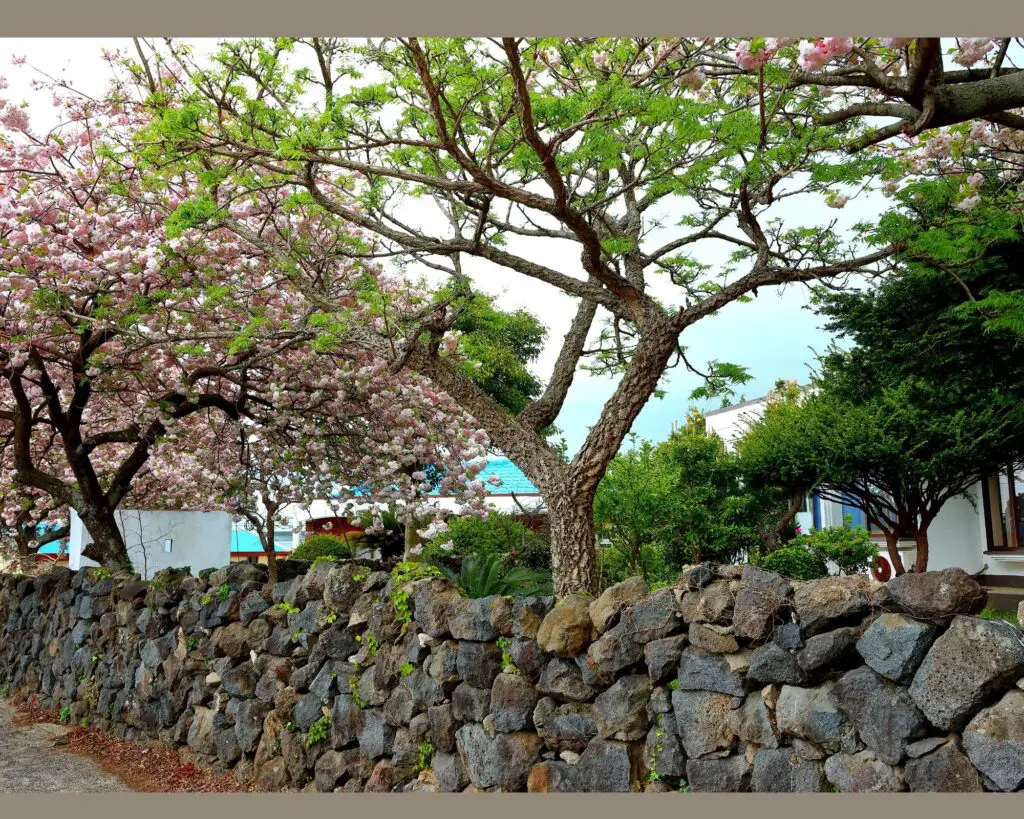
They can also bring unrivaled natural beauty to the region. Boulders can be seen surrounding water features in gardens (such as waterfalls and ponds), pools, zen gardens, etc.
Another reason that contributes to boulders’ popularity as a landscape component is the wide range of available textures and colors. Glaciers and water naturally sculpt boulders.
As a result, the textures they exhibit are always one-of-a-kind. Landscape designers may use stones to generate fascinating and unique visual effects.
5. Stacked Stone Retaining Wall
Stacked stone walls are constructed without using mortar, with the stones stacked one on top of the other. This causes them to drain naturally, which is vital when utilizing a wall to retain soil.

Because loose stones may shift slightly to allow frost heave, there is no need to create a foundation below the frost line. Thanks to its flexibility, the wall is not susceptible to frost damage.
The dry-stack approach is also less costly than mortar-based walls. Stacked stone walls are also less expensive to erect than timber barriers. They are appropriate for both short and tall walls.
6. Welded Gabion Retaining Wall
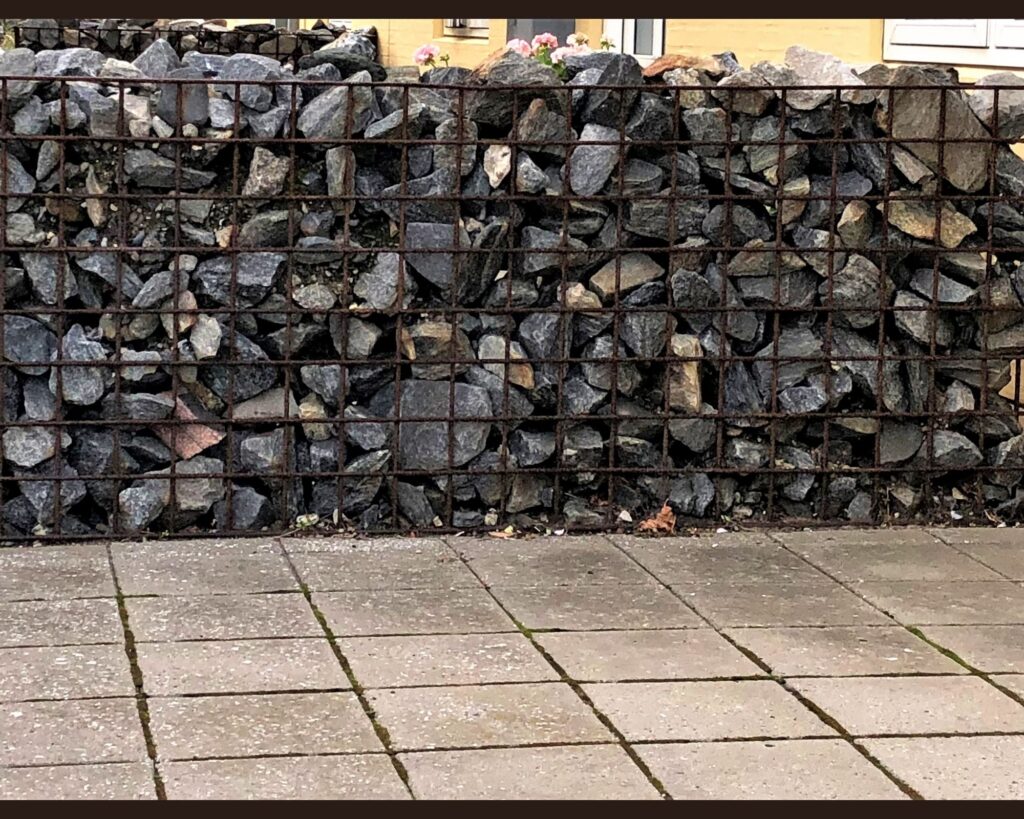
Welded gabion is a cubic container of interconnected welded wire mesh panels held together by lacing wire and locking pins. It may be lengthened by clasping the two helical wires of the vertical corner together and inserting a locking pin.
If numerous layers of welded gabion are necessary, you can add layers. Gabion-built retaining walls are trendy owing to their effectiveness and inexpensive cost. They are also eco-friendly and may be filled with various materials based on your budget or style.
Conclusion
As you can see, there are several methods to incorporate a retaining wall into your garden or outdoor space.
Whether you want something funkier, totally green, modern, futuristic, contemporary, or conventional and classic, you’ll find it here!
If you already have a wall feature, it would be simple to include a notion you like into your existing partition to create the perfect area conceivably.
Frequently Asked Questions (FAQs)
What is the cheapest way to make a retaining wall?
When it comes to retaining walls, there are a few different ways that you can go about constructing them. You can either use natural materials like stone or earth or man-made materials like concrete or bricks.
The cheapest way to make a retaining wall is by using natural materials. Still, this method can be more labor-intensive than using man-made materials. If you’re looking for an easy and affordable option, then using concrete or bricks is the way.
However, it’s essential to keep in mind that these methods are not as environmentally-friendly as natural materials.
What is the easiest retaining wall to build?
When choosing the right retaining wall for your project, there are many factors to consider. One of the most important factors is the ease of installation.
The easiest retaining wall to build is a gravity-based wall made from concrete blocks, bricks, or natural stone. This type of wall does not require any special tools or equipment, and it can be installed by anyone with basic construction skills.
How long do retaining walls last?
The lifespan of a retaining wall will vary depending on the material used, the climate, and how it’s maintained.
Generally speaking, though, brick or stone retaining walls can last for many years with minimal maintenance. However, if they’re not properly sealed or have poor water drainage, they may eventually erode or crumble.
Metal retaining walls usually have a shorter lifespan than brick or stone walls, while concrete retaining walls can last for decades with proper care.
Will a retaining wall stop water?
A retaining wall is a structure used to keep soil and earth in place. It is usually made of masonry, stone, or concrete. Retaining walls can control water flow in two ways: preventing soil erosion and channeling water away from home.
A retaining wall can be an effective way to stop soil erosion. When a retaining wall is installed correctly, it will help hold the soil in place.
This can prevent the soil from washing away and causing damage to the home or property. A retaining wall can also direct water away from home. By redirecting water flow, a retaining wall can help to keep the home and property dry.





